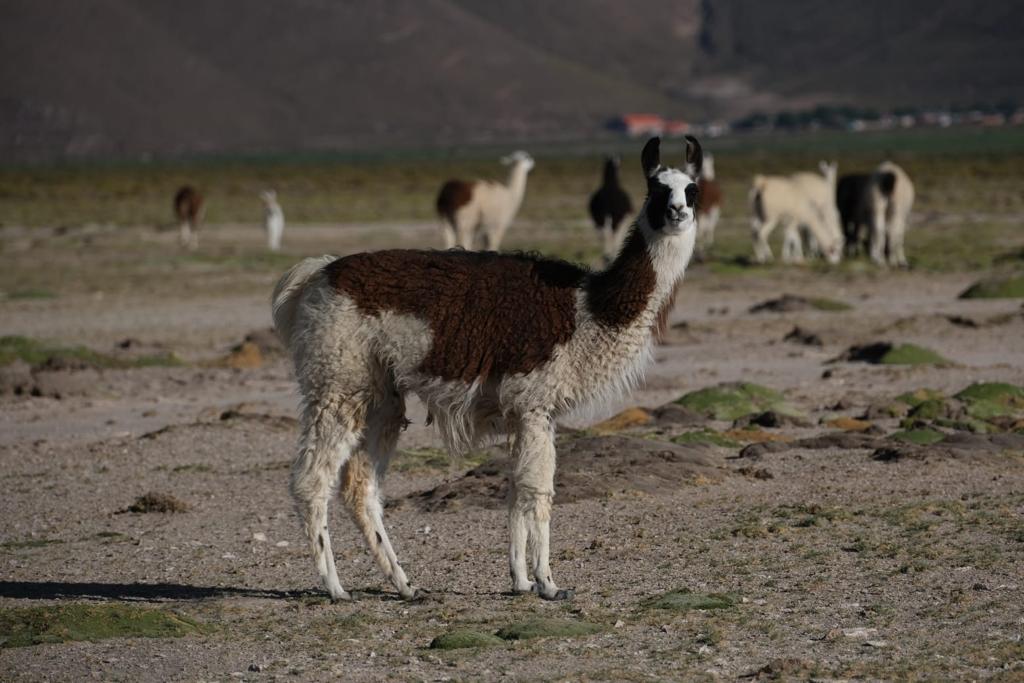Disclaimer: This post contains affiliate links. At no cost to you, I might earn a small commission if you make a purchase through the links in this article.
Bolivia is a landlocked South American country known for Salar de Uyuni – the largest salt flats in the world, and Lake Titicaca, the highest navigable lake along the border of Bolivia and Peru.
Bolivia remains one of the least visited destinations in South America because it’s landlocked and has no direct flights from outside of South America. But as more tourists come to this country, you might wonder if Bolivia is worth visiting.
Bolivia is less popular than its neighbors Peru, Chile, Brazil, and Argentina, and there’s not a lot of information about the country. But don’t worry, In this article, I will tell you why Bolivia should be on your South America bucket list!
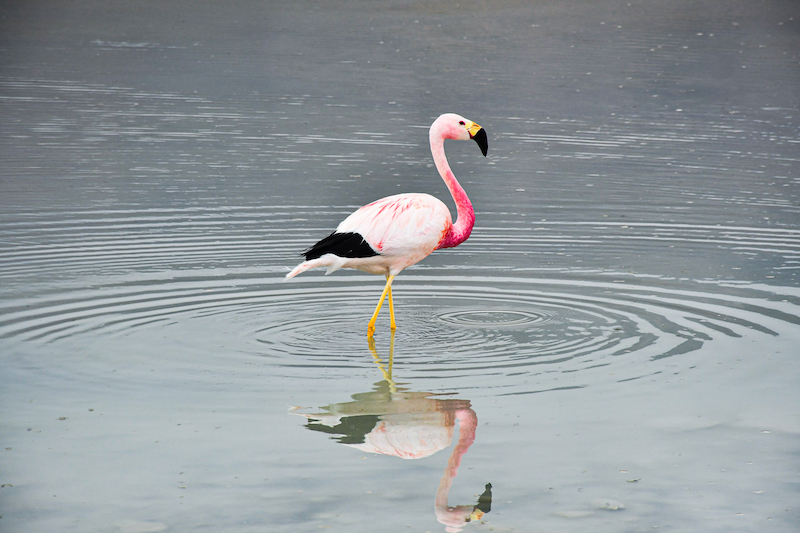
Is Bolivia Worth Visiting?
Yes, Bolivia is worth visiting! It’s a hidden gem of South America that boasts an incredible scenery ranging from the snow-powdered Andes to rainforests and the mesmerizing salt flats of Salar de Uyuni. It’s also a culturally rich country with many indigenous communities still practicing their traditional way of life.
13 Reasons To Go & Things To Do In Bolivia
1. It’s home to the highest capital in the world
The capital of Bolivia, La Paz is the highest in the world with an altitude of 3,650 m (11,975 ft) above sea level. La Paz was one of my favorite cities in South America because it has an interesting history, plenty of things to do, and is perfect for a budget traveler.
DID YOU KNOW?
While La Paz is a de facto capital since it’s the seat of the government, Sucre is the constitutional capital of the country.
La Paz has many scenic overlooks, wonderful museums, and offers fun days trips like Valley of the Moon and Chalkantaya, which used to be the highest ski resort in the world at an altitude of 5,375 meters (17,634 feet) before all the snow melted away because of the climate change.
La Paz is also a good budget destination, with great prices on hotels, food, and activities.
Best guided tours of La Paz , Bolivia
2. Bolivia is home to the largest salt flats in the world
Most tourists visit the country because of Salar de Uyuni, one of the top tourist attractions in Bolivia and the world’s largest salt flat spread across 4,000 square miles of high-altitude desert.
Located at 3,500 meters above sea level (11,995 feet), Salar de Uyuni boasts some of the most incredible and enigmatic landscapes in the world, surrounded by volcanoes, lakes, and mountains. It’s also home to wonderful wildlife.
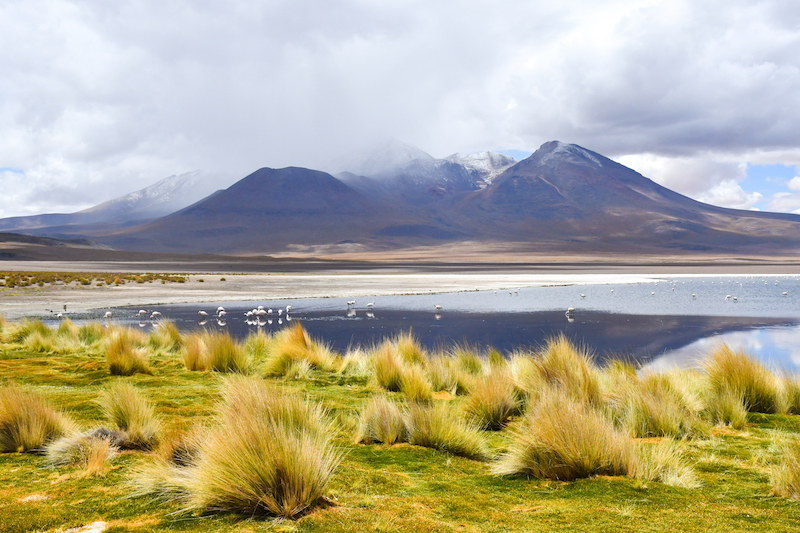
One of my favorite things about Salar De Uyuni was spotting thousands of flamingoes, and you can also have this opportunity if you take a 3-day tour of Salar De Uyuni which takes you to the incredible high-altitude lakes and volcanoes after a visit to salt flats.
A UNESCO World Heritage Site, Salar de Uyuni is one of the must-stops in South America. Visiting it is possible only with a guided tour.
Uyuni, is the town nearest to Salar de Uyuni, from where most tours depart. The best way to get there is by taking a bus from La Paz, but you can also take a flight to the small airport near Uyuni.
Best tours of Salar de Uyuni from La Paz
Most tourists reach Uyuni by taking a 10-hour bus from La Paz. You can buy tickets to Uyuni from La Paz at the bus station or book them online ahead of time. This way, you will be sure to get a comfortable reclining seat for your overnight trip, so you can get some sleep.
✅ BOOK YOUR BUS TICKETS FROM LA PAZ TO UYUNI
Alternatively, you can also book a tour of Salar de Uyuni when you arrive in town. This way, you will not have a guaranteed spot and might have to wait until the next day, especially if traveling during the high season.
That’s why I recommend booking a tour of Salad de Uyuni online.
Best tours of Salar de Uyuni from Uyuni
What’s the best time to visit Salar de Uyuni?
The best time to visit the Uyuni Salt Flats in Bolivia is between November and April when you can see the incredible mirror effect thanks to the wet season. During this time, you can take some of the best photos of Salar Uyuni with incredible vistas of sunrises and sunsets.
May through November is the dry season which is perfect for spotting salt crystals.
I took a 3-day tour of Salar de Uyuni and enjoyed salt flats, colorful high altiplano lagoons, and gorgeous valleys. While a three-day tour is more expensive than a one-day tour of Salar de Uyuni, it’s worth the money, as you can see so much more!
✅ CLICK HERE TO BOOK A PRIVATE 3-DAY TOUR OF SALAR DE UYUNI FROM LA PAZ
3. You can do mountaineering without having to be a mountaineer
Located just outside of La Paz, Huayna Potosi is the most popular mountains in the world. Although the mountain sits at an altitude of 6,088 meters (19,974 feet), it can be done by beginner and experienced mountaineers, as it’s not a technical climb and doesn’t require advanced skills.
You can book a tour of Huayna Potosi with one of the local tour companies, which will provide the necessary gear and help you to prepare for the trip.
Part of the Cordillera Real Mountain Range, Huayna Potosi is the “easiest 6,000er in the world”, according to Bookatrekking.com. But the climb is not to be taken lightly, as it requires the right gear and preparation as it has rocky terrain, snow, and ice.
Best tours of Huayna Potosi from La Paz
4. It’s a great budget destination
Bolivia is one of the poorest countries in South America, and while it’s unfortunate for locals, visitors enjoy low prices on food, accommodations, and tours. If you travel to Bolivia after visiting Argentina, Chile, and even Peru, you will notice that the prices of many goods are much lower in Bolivia than elsewhere.
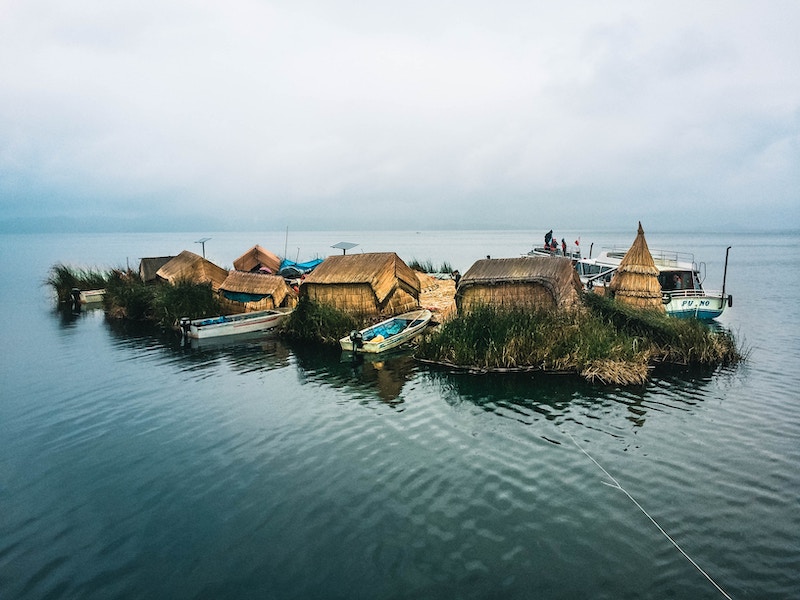
5. The Bolivian side of Lake Titicaca is better than Peruvian
Lake Titicaca is the highest navigable lake in the world at an altitude of 3,812 meters (12,500 feet) along the border of Bolivia and Peru. If you visit Peru, you will see many tour agencies advertising tours of Lake Titicaca, which is great if you are looking for convenience.
The downside is that the Peruvian side of Lake Titicaca has become very touristy, with many visitors saying that it feels unauthentic, where locals prepare well-rehearsed demonstrations and encourage visitors to spend money on overpriced souvenirs.
Best tours of Lake Titicaca from La Paz
The Bolivia side of Lake Titicaca sees less tourism and offers a more authentic feel than the Peruvian side. You can tour Lake Titicaca from La Paz or can get there by bus and explore on your own.
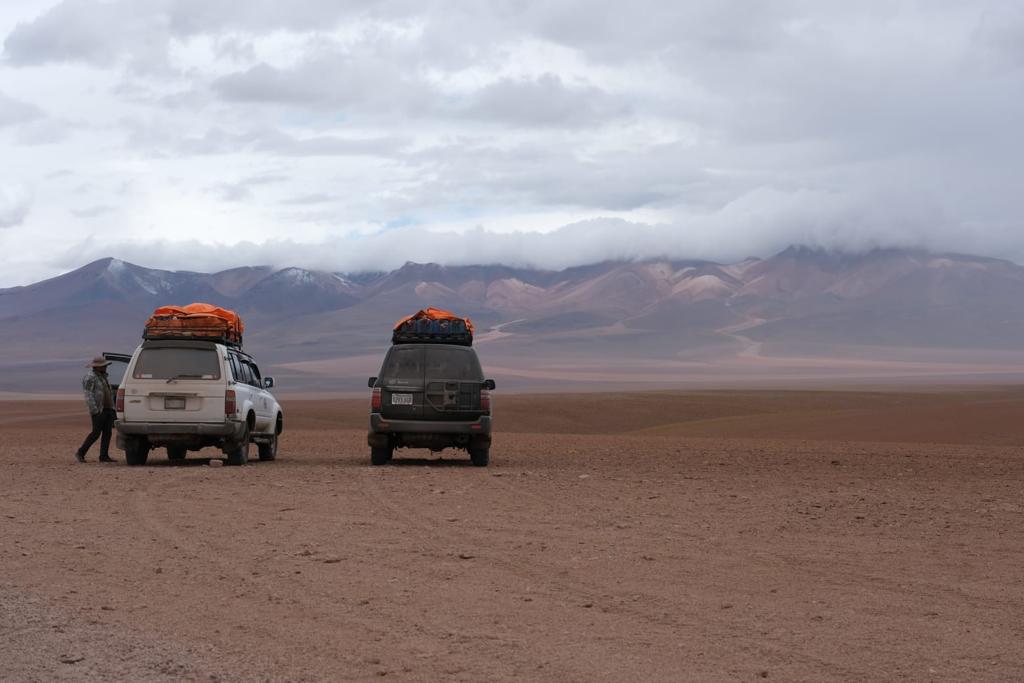
6. It’s off the beaten track
Most tourists know Bolivia because of Salar De Uyuni, but the country is so much more than that! Bolivia is home to many climates, fascinating indigenous cultures, and some of the most dramatic landscapes in South America ranging from the high Altiplano desert to the jungles of the Amazon.
And the best part is that Bolivia is relatively undiscovered.
Bolivia has a small international airport in La Paz, but getting here requires time and effort as there are no direct flights from outside of South America. As someone who has visited Bolivia, I can tell you that it’s well worth it!
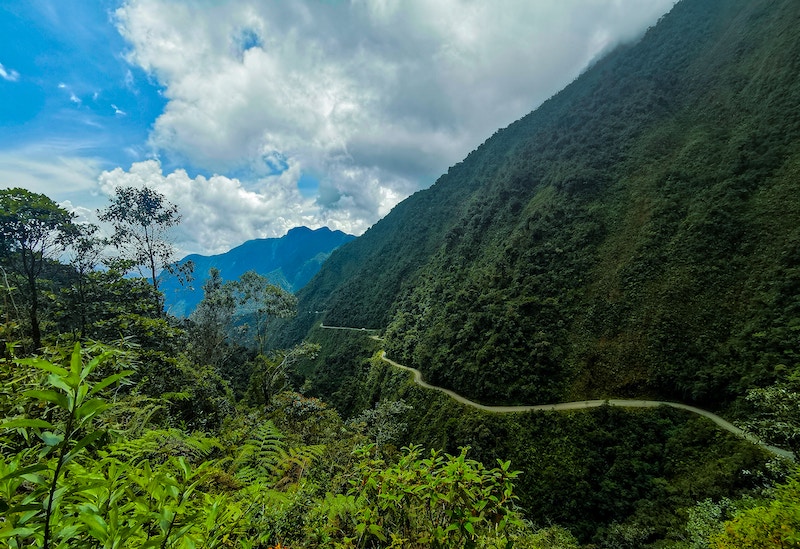
7. The Death Road is one of the most fun bike rides you’ll ever do
Located in Bolivia’s Yunga region, the Death Road (the North Yungas Road) is one of the most fun day trips from La Paz, Bolivia
The road was built by Paraguayan Prisoners of War from the Chaco War of the 1930s to connect La Paz with Las Yungas Region, a lush cloud forest where the Andes meet the Amazon.
But the area has seen numerous fatalities and is often called one of the most dangerous roads in the world, with an estimated 300 deaths here during the construction of the newer section between La Paz and Coroico, which was finished in 2006.
When you take a guided tour, your tour company will guide you through a well-marked section of the route.
Best tours of Death Road from La Paz
The tourist part of the road is a 64 km-long stretch with 3500 meters of descent that is well-marked for travelers. Your tour company will provide bicycles, helmets, and other gear like gloves, cycling pants, and a jacket.
✅ BOOK A POPULAR TOUR OF DEATH ROAD IN BOLIVIA
Come prepared for a long day, check your gear, and if you can afford it – don’t buy the cheapest tours, as they often have old gear.
8. It boasts an emerging wine scene
Bolivia is also an under-the-radar destination for wine tasting, as the local wine scene has emerged over years.
While Chile and Argentina often take a prize for the most famous wine destinations in South America, Bolivia is a new kid on the block, so most travelers have no idea that you can enjoy Bolivian wines produced in Tarija near the border with Argentina.
This southern region of Bolivia has several wineries which have been refining their wine-producing techniques over years and now even export their products to other countries.
9. Bolivian people are friendly
Bolivian people are chill and friendly and are ready to help if you need help with directions or getting recommendations.
10. The Bolivian history is very interesting
Bolivia is one of the most fascinating countries in South America when it comes to culture and landscapes, but its history is not less interesting. The country became independent from Spain in 1825 and was named after Simon Bolivar, the freedom fighter from South America.
Throughout its history, Bolivia has had many dramatic moments which created the country we know today. It lost territory to Chile and Paraguay during historic wars, which greatly affected its development and economy. The 20th century in Bolivia saw major events like coups, a revolution, and the ensuing economic problems.
Today Bolivia continues its recovery, but many obstacles remain, as the country has a high inequality between urban and rural areas populated by indigenous people who often lack access to education and resources.
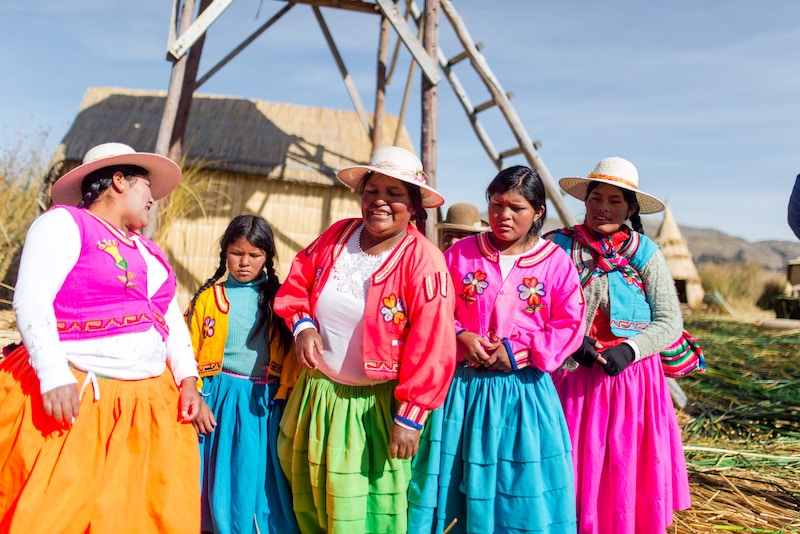
11. The indigenous culture of Bolivia is fascinating
Bolivia has the largest proportion of indigenous people in South America. More than 60 percent of Bolivia’s population is indigenous.
The country has dozens of smaller indigenous cultures, each with its customs and traditions, and you can see locals wearing traditional colorful costumes as they walk around the streets of La Paz.
Aside from Spanish, three indigenous languages are spoken in Bolivia. They are Quechua, Aymara and Guarani.
12. You can try cocoa leaves
In many Western cultures, cocoa leaves are associated with drugs, but in the Andean cultures including Bolivia, Peru, and northern Chile, cocoa plays a big role in everyday life and has a deep connection to the indigenous cultures that have been calling this region home for centuries.
Cocoa leaves are available for purchase on the streets of La Paz, and many other places in Bolivia. They are often used to alleviate the headache that some travelers experience because of altitude sickness.
That being said, stay away from drugs!
While cocoa leaves are available for sale throughout Bolivia, drug use is illegal. If you get caught doing or selling drugs in Bolivia, you could face serious consequences, including fines and jail time.
Also, while you can use cocoa leaves in Bolivia, you can’t take them to other countries. Chile is particularly strict about it, and they search everyone’s bags at the border. Finally, if you get caught trying to bring cocoa leaves into the United States, you could face jail time.
13. It’s a great place to practice your Spanish
If you visit Bolivia after traveling to Peru or Colombia, you will notice that not as many people here try to make a quick buck off tourists. The international tourism boom hasn’t yet happened in Bolivia, and you will see a very different flair here when you arrive.
Most people in Bolivia don’t speak English, and you will need to brush up on your Spanish skills if you want to travel around more comfortably.
14. The Bolivian food is delicious
The Bolivian food might not be as famous as Peruvian or Colombian, but it’s not to be missed!
The typical dishes in Bolivia have a combination of traditional indigenous ingredients and Spanish influences with Quinoa being one of the main staples of Bolivian cuisine. Many restaurants in La Paz serve soups, stews, and salads on their menus, and you can sample many local dishes for just a few bucks per meal.
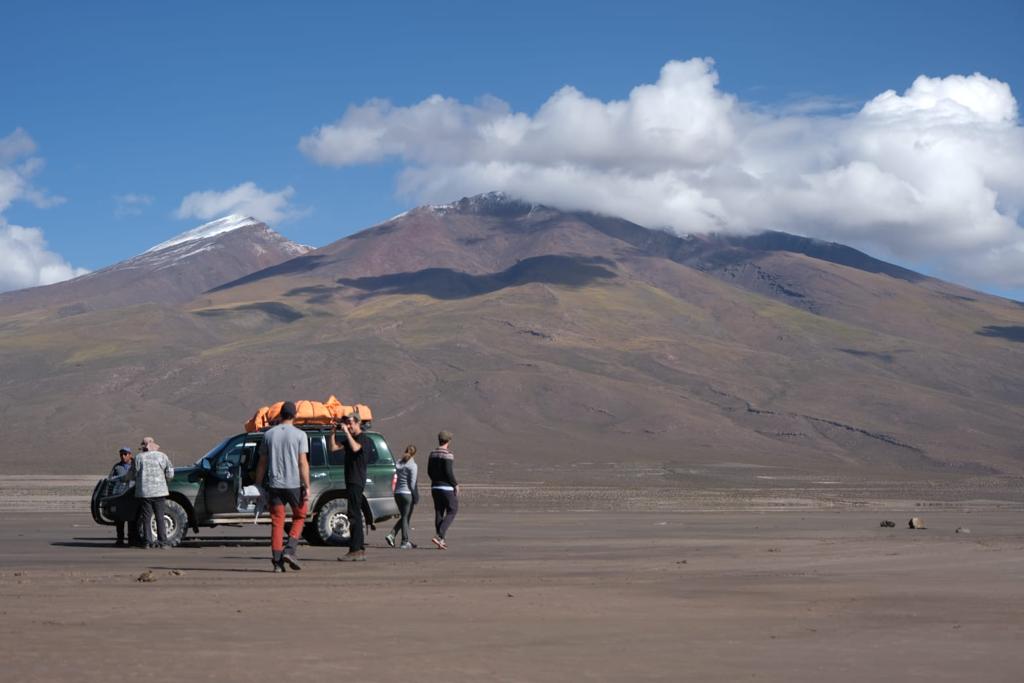
How to get around Bolivia
Bolivia is a landlocked country, surrounded by bigger neighbors like Brazil, Chile, and Peru. While its not big, distances between Bolivia’s main tourist hubs are long, and the country’s infrastructure is still developing.
If you plan to travel around Bolivia, you can book guided tours, and take buses or flights. You can also rent a car, but you need to prepare for limited amenities and poor infrastructure.
By car
You can get around Bolivia by car rental. The place to find car rentals in Bolivia is La Paz, and you can check available options on DiscoverCars, my favorite car rental platform that can help you to find the right vehicle for your trip.
By bus
Most tourists in Bolivia get around by bus, with La Paz, Santa Cruz, Uyuni, and Lake Titicaca being some of the most popular destinations in the country. Depending on your destination, you can buy bus tickets online or at the ticket office.
The cheapest way to travel around Bolivia is by taking an overnight bus, which can take between 10 to 15 hours. It’s a perfect option for budget travelers, as tickets are cheap and once you get to your destination in the morning, you will be ready to explore.
How to book a bus ticket in Bolivia
You can book a bus ticket in Bolivia either at the ticket office or online through Viator.com. If you are booking a bus ticket at the ticket office, make sure to specify that you want a “cama” bus seat. These seats recline 160 degrees and are perfect for catching sleep while on the road.
By flying
It’s also possible to take flights within Bolivia if you are traveling long distances and want to see time on the road. The La Paz Altiplano Airport has daily flights to many destinations in the country including Sucre, Santa Cruz an Uyuni.
Where To Stay In Bolivia
➡️ Atix Hotel
Located in one of the best parts of La Paz, this hotel is a great place to relax and recharge your batteries, as it offers spacious rooms with plenty of amenities and daily breakfast.
One of the most popular stays in Bolivia’s Isla Del Sol, this lodge has lake and garden views. An à la carte breakfast is available daily at the lodge.
➡️ Cosmopolitano Hotel Boutique
A great stay in Santa Cruz, Cosmopolitan Hotel Boutique is located in the historical center of Santa Cruz de la Sierra and offers an airport shuttle and exceptional breakfast.
Is Bolivia worth visiting: FAQs
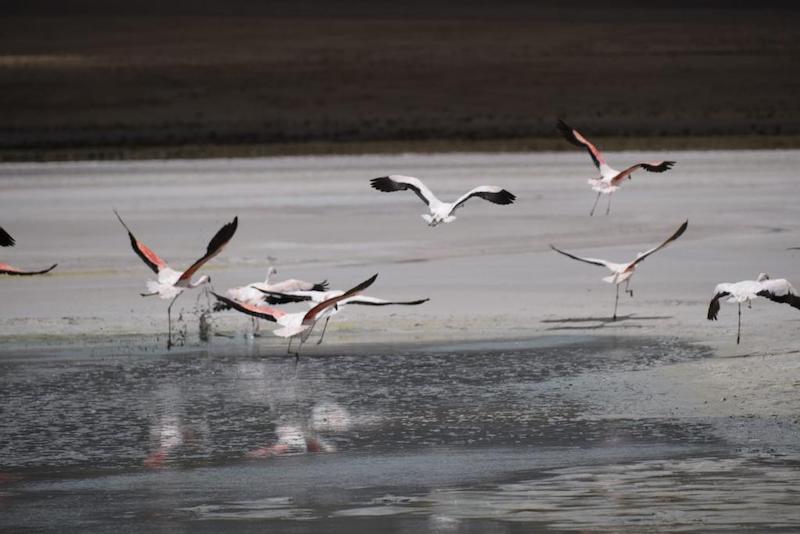
Is Bolivia safe?
Bolivia is mostly safe to visit. Although it doesn’t have violent crime, you should always keep your guard up, as pickpocketing and petty theft are some of the most common types of crime that could affect tourists. Stay away from public demonstrations as they could become violent quickly, and be cautious when visiting popular tourist areas and using public transport.
Safety Wing is one of the best insurance plans for long-term travelers and digital nomads that covers you in the event of stolen and lost luggage, hospital visits and other unforeseen circumstances. WorldNomads is one of the most popular travel insurance options that offers option for long and short-term travel.
Is La Paz, Bolivia worth visiting?
Surrounded by the snow-capped Andes, La Paz is one of the most interesting cities in the world that’s worth a stop on your South America itinerary. The city boasts colorful markets, and great museums and offers a glimpse into the history and culture of Bolivia. Home to the largest international airport in Bolivia, it’s a perfect starting point for your adventures in the country.
What is the best time to visit Bolivia?
Bolivia is home to several climates and has different weather depending on the region. The best time to visit Bolivia is during the dry season which is from May through October when the country sees little rain, and the weather is perfect for spending time outside and enjoying the outdoor opportunities.
How long should I spend in Bolivia?
Plan between 7-14 days in Bolivia, if you want to see the country beyond the famous Salar de Uyuni and a quick stay in La Paz. Bolivia has a lot to offer, but getting around requires time and effort, as distances between major destinations are long.
What is great about Bolivia?
Bolivia is one of the least discovered countries in South America that offers gorgeous scenery, rich culture, and is very inexpensive to visit.
Conclusion: Is Bolivia Worth Visiting?
Yes, Bolivia is worth visiting. It’s a hidden gem of South America that has spectacular landscapes, and indigenous cultures and is a great budget destination.
Getting a Bolivia visa
Bolivia has very straightforward entry requirements. While citizens of some countries are required to obtain visas, many other countries enjoy visa-free entry to Bolivia. Citizens of the UK, most European countries, Canada, Japan, Australia, New Zealand, and most of South America, enjoy visa-free entry to Bolivia, which allows a 30-day stay in the country.
Do I need a visa for Bolivia?
Whether you need a visa to Bolivia or not, depends on the country of your origin. You can check the list of countries on the Bolivian immigration website.
What do U.S. citizens need to enter Bolivia?
All U.S. citizens need a visa to visit Bolivia. You can get a visa from the Bolivian consulate before your trip or at the airport on arrival. Please note that getting a visa at the airport can take up to a few hours, depending on the timing of your arrival. You are also required to pay a non-refundable fee of $160 which needs to be in cash.
Please note that your passport has to be valid for at least six months from the time of your arrival in Bolivia.
How long can Americans stay in Bolivia?
American citizens with a tourist visa can stay up to 90 days in Bolivia, however, the final decision will be up to the immigration officer who processes your documentation.
